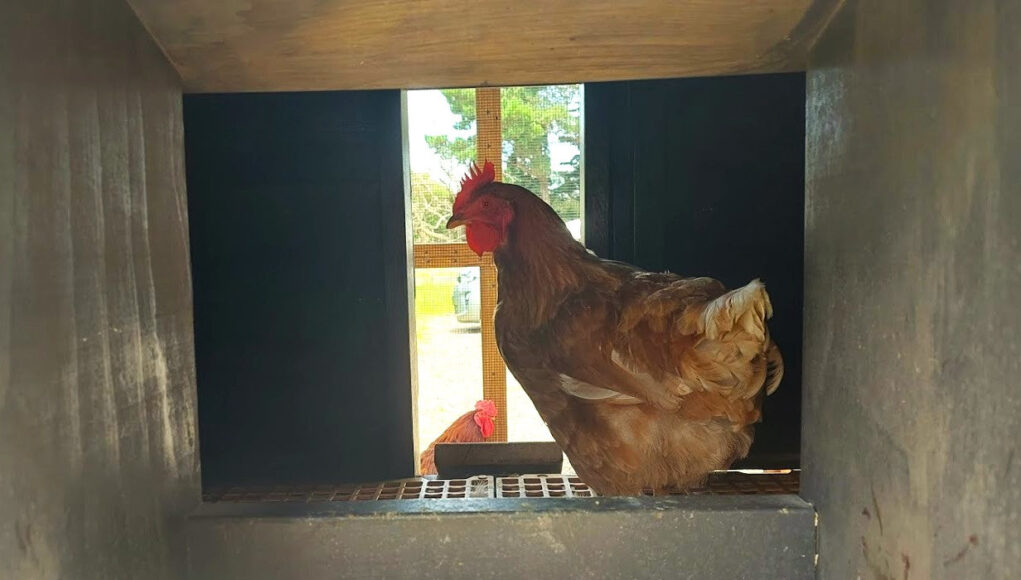For chicken enthusiasts and poultry farmers, the topic of broody hens and shared nests often sparks a lively discussion. These two concepts are intertwined in the world of chickens, and understanding them can be crucial for successful poultry management. In this article, we’ll explore how broody hens behave in shared nests and what it means for your flock.

What Are Broody Hens?
A broody hen is a hen that has the instinct to sit on eggs to incubate them until they hatch. This behavior is natural and is driven by the hen’s desire to become a mother. During this time, a broody hen will sit on eggs, often refusing to leave the nest, even if the eggs are not fertile. This behavior can be both beneficial and challenging for poultry keepers.
Signs of Broodiness
Recognizing a broody hen is relatively straightforward. Some signs include:
- The hen spends prolonged periods in the nest.
- She fluffs up her feathers and may become aggressive if disturbed.
- The hen may pluck her chest feathers to create a warm spot for the eggs.
The Role of Shared Nests
In many chicken flocks, shared nests are a common feature. These are nesting areas where multiple hens lay their eggs. Shared nests can be practical for space utilization, but they can also lead to certain challenges, particularly when broodiness comes into play.
Benefits of Shared Nests
Shared nests offer several advantages:
- Efficient use of space in the coop.
- Encouragement of communal behavior among hens.
- Reduction in the number of nesting boxes needed.
For more insights into nesting solutions, visit Longbourn Farm.
Challenges with Broody Hens and Shared Nests
While shared nests have advantages, they can pose challenges when broody hens are involved:
Competition for Nests
Hens may compete for the most preferred nesting spots, leading to stress and potential aggression.
Egg Damage
With multiple hens using the same nest, there is an increased risk of eggs being accidentally broken or pecked. To prevent such issues, consider Avoiding Broken Eggs in Nesting Boxes.
Broodiness and Egg Collection
A broody hen may refuse to leave the nest, making it difficult to collect eggs. This can also lead to a backlog of eggs in the nest.
Managing Broody Hens in Shared Nests
Effective management strategies can help mitigate the challenges of broody hens in shared nests:
Providing Ample Nesting Space
Ensure there are enough nesting boxes to accommodate all the hens. A good rule of thumb is one nesting box for every four hens.
Identifying and Managing Broody Hens
Once a hen is identified as broody, it may be beneficial to move her to a separate area. For more details, see Should I Separate a Broody Hen?.
Routine Egg Collection
Regularly collect eggs to prevent them from accumulating and becoming a target for Egg Thieves.
Creating a Broody-Friendly Environment
Fostering an environment that accommodates both broody hens and the rest of the flock can lead to harmony and productivity.
Nesting Box Design
Consider the design of your nesting boxes. Boxes with privacy features can help broody hens feel secure and reduce competition. Check out some creative nesting box ideas for inspiration.
Organic Bedding
Using Organic Bedding can improve the comfort and cleanliness of nesting areas, supporting the health of both hens and eggs.
Conclusion
Understanding the dynamics of broody hens and shared nests is essential for any chicken keeper. By recognizing and accommodating these natural behaviors, you can create a more harmonious and productive environment for your flock. With the right management practices, you can ensure that both broody hens and their flock mates thrive in shared nesting spaces.

FAQ Section
What causes a hen to become broody?
Broodiness is a natural instinct in hens to incubate eggs. It is influenced by hormones, daylight, and sometimes breed tendencies.
How can I stop a hen from being broody?
To discourage broodiness, regularly remove the hen from the nest, block access to the favorite nesting spot, or use a separate cage to break the cycle.
Are shared nests always beneficial?
While shared nests save space and encourage communal behavior, they can also lead to competition and egg damage. Proper management is key to balancing benefits and challenges.
This article contains affiliate links. We may earn a commission at no extra cost to you.











